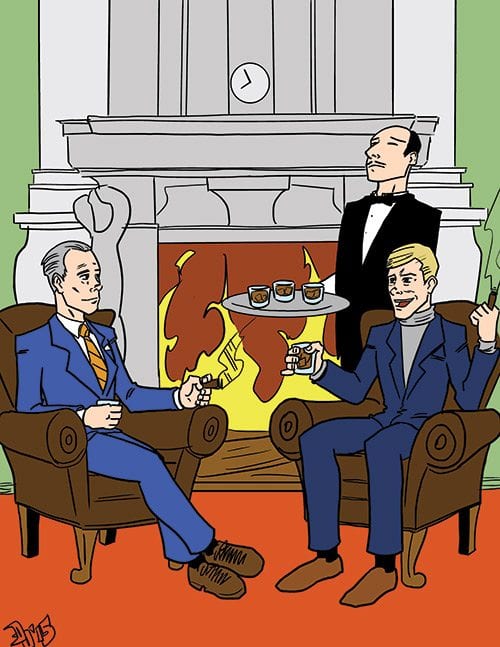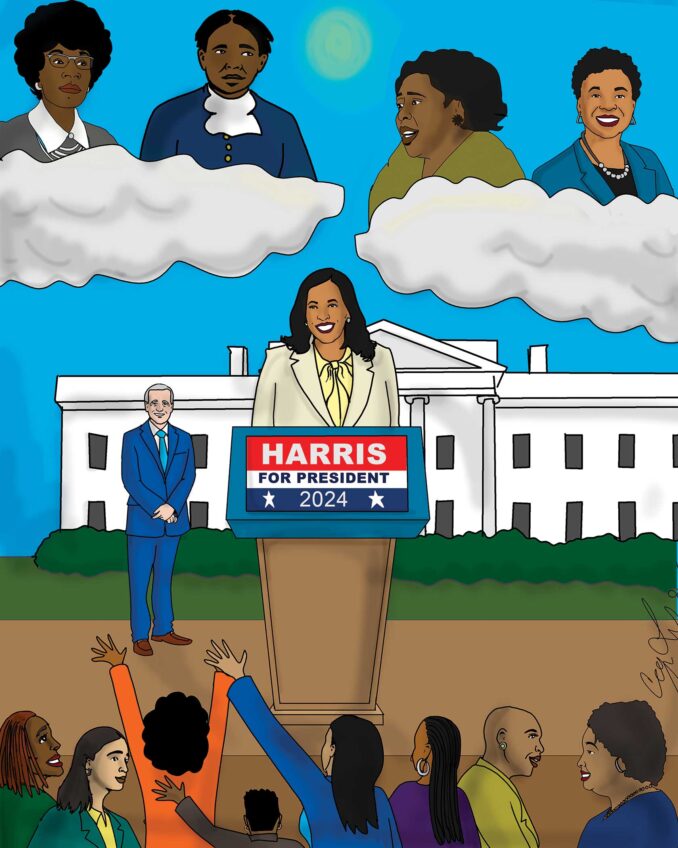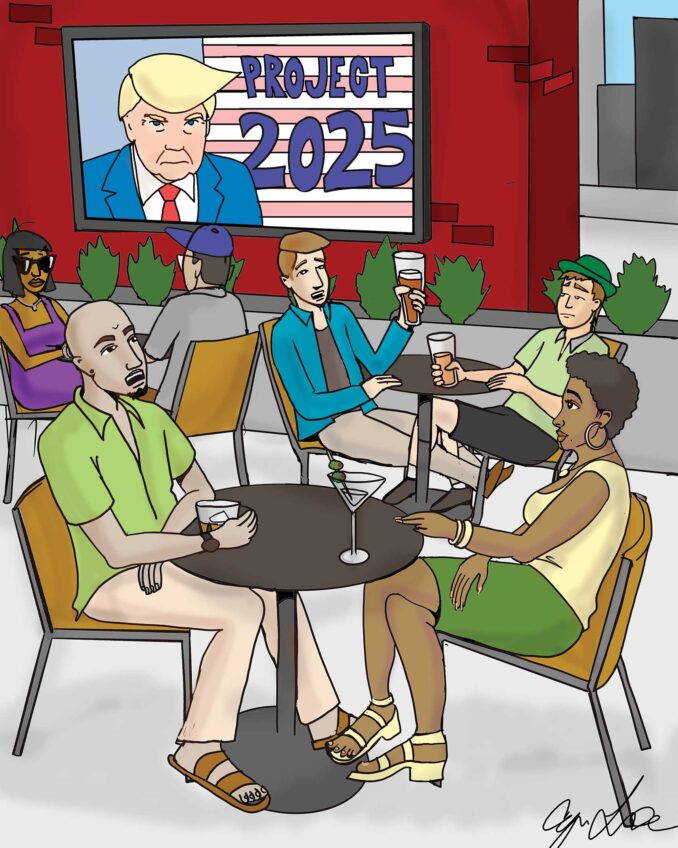
Americans were astounded to learn recently that the death rate for middle-aged whites has been increasing more than the rate among citizens in other industrialized countries and that the growth rate is greater than that for African Americans and Latinos of the same age group. Angus Deaton and his wife, Anne Case, economists at Princeton University, made that discovery when analyzing data from the Centers for Disease Control and Prevention.
Their research found that from 1999 to 2014, whites with no more than a high school education and in the 45 to 54 age group had an increase in their mortality rate of 134 deaths per 100,000. While rates for blacks are customarily high they have actually declined during this same period.
What struck researchers as so unusual is that the increase among whites did not result from heart attacks or other illnesses, but was the consequence of suicides or alcohol or drug addictions. This indicates that middle-aged whites with limited education may be suffering from cultural ennui or psychological difficulties.
A recent poll by the Public Religion Research Institute (PRRI) found that 57 percent of whites are dissatisfied with the changes in the American way of life since the 1950s. According to the PRRI poll, 64 percent of Republicans and 68 percent of Tea Party members believe that discrimination against whites has become as large a problem as discrimination against blacks and other minorities.
Perhaps the underlying malaise is the decline of white privilege since the founding of the republic. In a U.S. Senate speech in August 1849, Sen. John C. Calhoun of South Carolina, a Yale University alumnus, lucidly expressed that privilege. He said, “with us the two great divisions of society are not the rich and the poor, but white and black; and all the former, the poor as well as the rich, belong to the upper class, and are respected and treated as equals, if honest and industrious; and hence have a position and pride of character of which neither poverty nor misfortune can deprive them.”
This position was judicially reinforced in the Dred Scott v. Sandford case before the U.S. Supreme Court in 1857. Chief Justice Roger B. Taney asserted in his opinion that “the Negro has no rights which the white man is bound to respect.” Just 39 years later in Plessy v. Ferguson that court held that it did not violate equal rights under the 14th Amendment to enforce racial segregation in public facilities as long as the accommodations were “separate but equal.”
It was not until the 1950s that legal support for white privilege began to deteriorate. In the Brown segregation case in 1954 the Supreme Court reversed the separate but equal ruling. In subsequent years Congress passed laws against racial discrimination in education, employment, places of public accommodation, voting and housing. White privilege still has survived privately but its legal basis is in shreds.
To make matters worse, hourly wages in the U.S. have stagnated or declined since 1979, despite the fact that there was a growth in economic productivity of 64 percent during this period. Poor whites must have a sense of having failed to live up to the American Dream. This has happened to them with a black man sitting in the White House.
Future researchers may one day identify to a scientific certainty the causes of rising mortality rates among middle-aged whites. Until then, it is a good bet to assume that they are primarily victims of America’s intensely competitive economic system, and they could not thrive without being sustained by white privilege.






